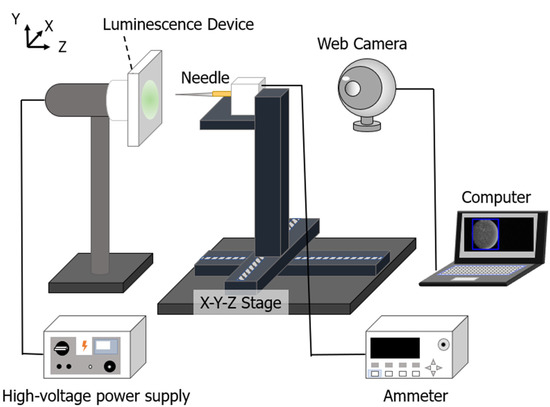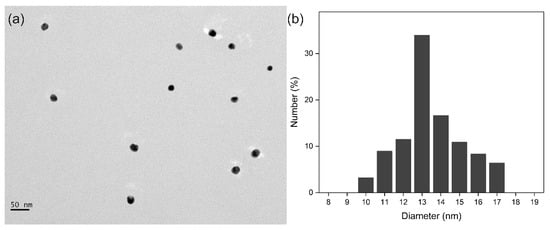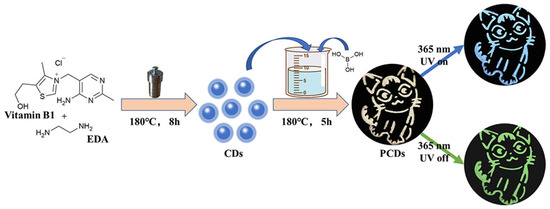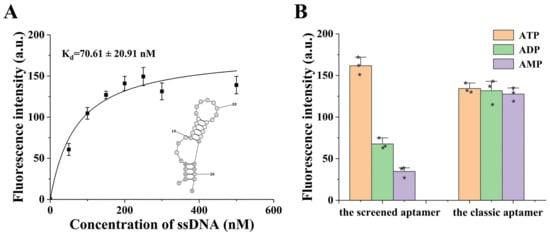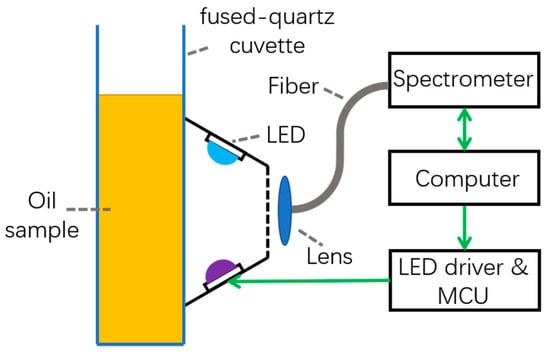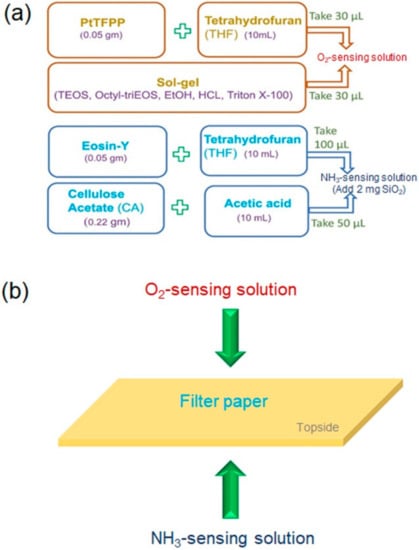Recent Advances in Fluorescent Sensors
A topical collection in Sensors (ISSN 1424-8220). This collection belongs to the section "Optical Sensors".
Viewed by 32581Editor
Topical Collection Information
Dear Colleagues,
The aim of this Topical Collection is to collect the latest achievements of research and development in fluorescence-based chemical and biological sensors. Fluorescence-based detection of organic and inorganic matter and microorganisms is an important task for environmental monitoring, medical diagnostics, food safety, industrial quality control, agriculture, and security.
At present, we are using traditional analytical techniques such as gas or liquid chromatography, atomic absorption or emission spectroscopy (AAS/AES), inductively coupled plasma (ICP), mass spectroscopy, and polymerase chain reaction (PCR) for their detection. These techniques are highly accurate and sensitive to a specific analyte of interest, but they are costly, available only in large centralized laboratories, and require extensive sample pretreatment, making on-site, real-time, or in situ detection difficult. Considering these drawbacks, development of novel analytical methods, which have higher sensitivity and selectivity, a shorter response time and lower cost, has recently attracted attention. Among the currently developed sensors, that based on fluorescence detection is one of the most common analytical tools due to its simplicity, low cost, high sensitivity, and fast response.
In this Topical Collection, we welcome submissions on articles addressing sensor technology based on fluorescence measurements. Both review articles and original research papers are strongly encouraged.
Prof. Dr. Peng Miao
Collection Editor
Manuscript Submission Information
Manuscripts should be submitted online at www.mdpi.com by registering and logging in to this website. Once you are registered, click here to go to the submission form. Manuscripts can be submitted until the deadline. All submissions that pass pre-check are peer-reviewed. Accepted papers will be published continuously in the journal (as soon as accepted) and will be listed together on the collection website. Research articles, review articles as well as short communications are invited. For planned papers, a title and short abstract (about 100 words) can be sent to the Editorial Office for announcement on this website.
Submitted manuscripts should not have been published previously, nor be under consideration for publication elsewhere (except conference proceedings papers). All manuscripts are thoroughly refereed through a single-blind peer-review process. A guide for authors and other relevant information for submission of manuscripts is available on the Instructions for Authors page. Sensors is an international peer-reviewed open access semimonthly journal published by MDPI.
Please visit the Instructions for Authors page before submitting a manuscript. The Article Processing Charge (APC) for publication in this open access journal is 2600 CHF (Swiss Francs). Submitted papers should be well formatted and use good English. Authors may use MDPI's English editing service prior to publication or during author revisions.
Keywords
- Fluorescence molecules
- Chemical sensors
- Biosensors
- Interference
- Toxic substances
- Pathogens
- Environmental monitoring
- Medical
- Diagnostics
- Food safety
- Industrial quality control









